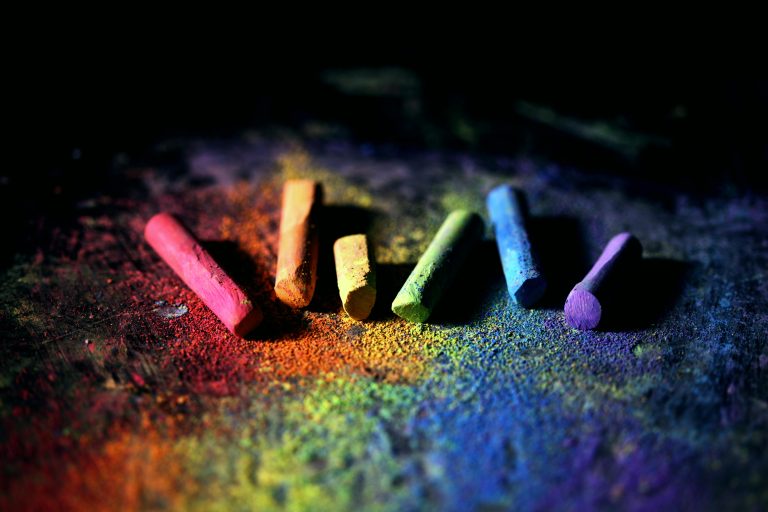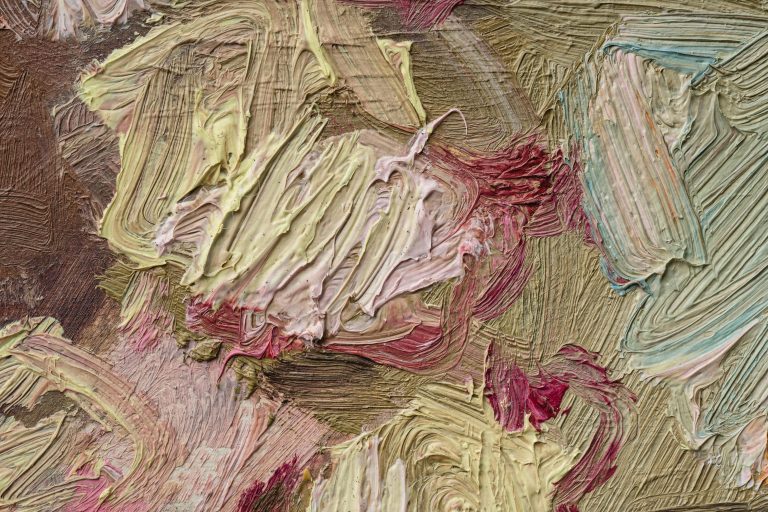Color Therapy: Can Hues Actually Heal the Mind?
Color is all around us—yet many of us underestimate just how deeply it influences our mood, energy, and even our ability to process emotion. This is the core idea behind color therapy, also known as chromotherapy: the practice of using specific hues to promote mental well-being and emotional healing.
But is there actual science behind the calming power of color? Can certain tones really help you sleep better, concentrate longer, or feel more in control? Let’s explore the world of color therapy and why it may be more than just a visual trend.
What Is Color Therapy?
Color therapy is a type of alternative therapy that uses color and light to balance energy in the body and mind. Practitioners often assign specific colors to different emotional or physical needs—for example, using green for harmony or blue for relaxation.
While not a replacement for medical or psychological treatment, color therapy is rooted in the idea that color affects the nervous system, and therefore, the way we feel and function.
Historically, this practice dates back to ancient cultures:
- Ancient Egyptians used colored glass for healing rooms.
- Ayurvedic traditions connect colors to chakras, or energy centers.
- Traditional Chinese Medicine associates colors with different organs and emotional states.
Modern interpretations of color therapy may not always use colored light, but they still rely on surrounding the individual with soothing or stimulating hues—whether through clothing, lighting, decor, or art.
The Psychological Effects of Specific Colors
While everyone has personal color preferences, research shows that most people experience similar emotional responses to certain shades. Here’s how some common therapy colors work on the mind:
Blue – The Stress Reducer
Blue is often used in therapy spaces and wellness centers for its calming effects. It can lower blood pressure, reduce anxiety, and promote clarity. Deep navy can feel grounding, while soft baby blue encourages emotional openness.
Green – The Rebalancer
Green is the most restful color for the human eye. It symbolizes growth, healing, and stability. In color therapy, it’s used to restore balance—especially when you’re feeling mentally scattered or emotionally overwhelmed.
Yellow – The Energizer
Used in moderation, yellow can boost mood and energy. It’s associated with joy, intellect, and creativity. But too much yellow—especially when it’s overly bright—can cause irritation or nervousness, so balance is key.
Red – The Stimulator
Red is bold and energizing. It increases circulation and alertness. In therapy, red is often used to stimulate motivation, confidence, and even physical healing—but it should be used sparingly, as too much can cause agitation.
Purple – The Intuitive
Purple combines the calm of blue and the passion of red. It’s linked to imagination, self-reflection, and spiritual awareness. Light purples like lavender soothe the mind, while darker shades like plum support introspection.
White – The Cleanser
Often associated with clarity and fresh starts, white can help clear mental clutter. It’s used in therapeutic spaces to create openness and reduce visual overwhelm.
How Color Therapy Supports Emotional Well-Being
Color doesn’t need to be used in a formal therapy setting to have a therapeutic effect. Simply being intentional with your visual environment can create subtle but powerful changes in your mood and nervous system.
Here’s how color therapy can help regulate your emotional world:
1. Reduces Anxiety
Colors like soft blue, lavender, and pale green have been shown to calm overactive minds. They can help regulate heart rate, reduce muscle tension, and create a safe emotional environment—perfect for meditation or sleep.
2. Boosts Mood
Surrounding yourself with soft yellows or gentle pinks can stimulate serotonin and elevate your sense of well-being. These colors encourage positive thinking and optimism without being overly intense.
3. Improves Focus
Cool-toned colors like blue and green have been linked to increased concentration and reduced visual distraction. They’re ideal for study spaces, work environments, or creative brainstorming.
4. Encourages Emotional Expression
Colors like purple and teal can help draw out emotion and support self-reflection. They are often used in journaling, therapy work, or expressive art to open up the subconscious mind.
How to Use Color Therapy in Your Everyday Life
You don’t need a therapist or a treatment room to experience the benefits of color. Try these simple ways to bring intentional hues into your day:
In Your Environment
- Choose wall colors based on how you want the room to feel: blue for sleep, green for focus, soft white for clarity.
- Use accent pillows, candles, or artwork to add calming or energizing tones depending on your mood.
In Your Clothing
- Wear colors that match your emotional needs. Soft tones for stressful days, energizing brights for days when you need a confidence boost.
- Use accessories like scarves, socks, or jewelry to bring in colors that make you feel safe and secure.
In Your Self-Care
- Use colored lighting in your bedroom or bath—lavender light for relaxation, warm gold for comfort.
- Incorporate calming colors into your skincare packaging or journal layout for a more intentional routine.
In Creative Practice
- Color code your planner or bullet journal to organize your thoughts visually.
- Paint or color using therapy-inspired palettes that support emotional processing.
Final Thoughts
Color therapy reminds us that healing doesn’t always have to be loud, dramatic, or complicated. Sometimes, it’s as simple as surrounding yourself with the right shade at the right time. Whether you’re calming your nerves with a blue-toned playlist background or boosting joy with a cheerful yellow mug, color has the power to shift your inner world—quietly but powerfully.
Try experimenting with the hues that bring you peace. It’s not about following a strict formula—it’s about noticing how color makes you feel and using that awareness to take better care of yourself.
For more ways to slow down and reset, keep coming back to SootheSync.







